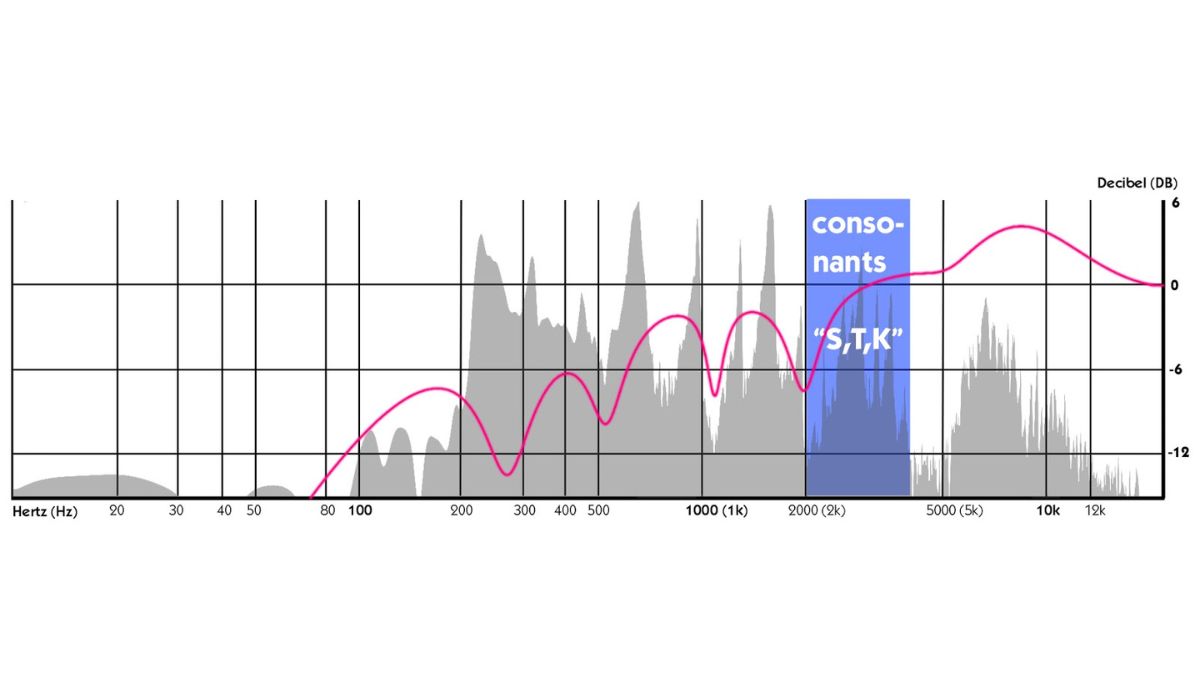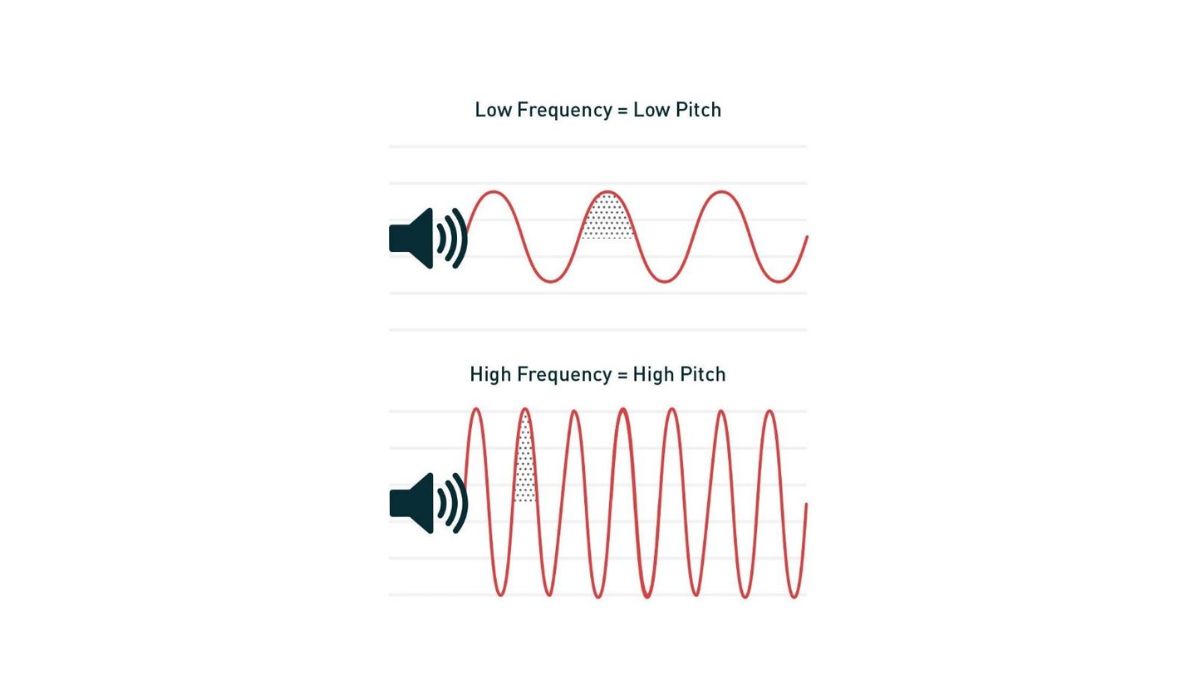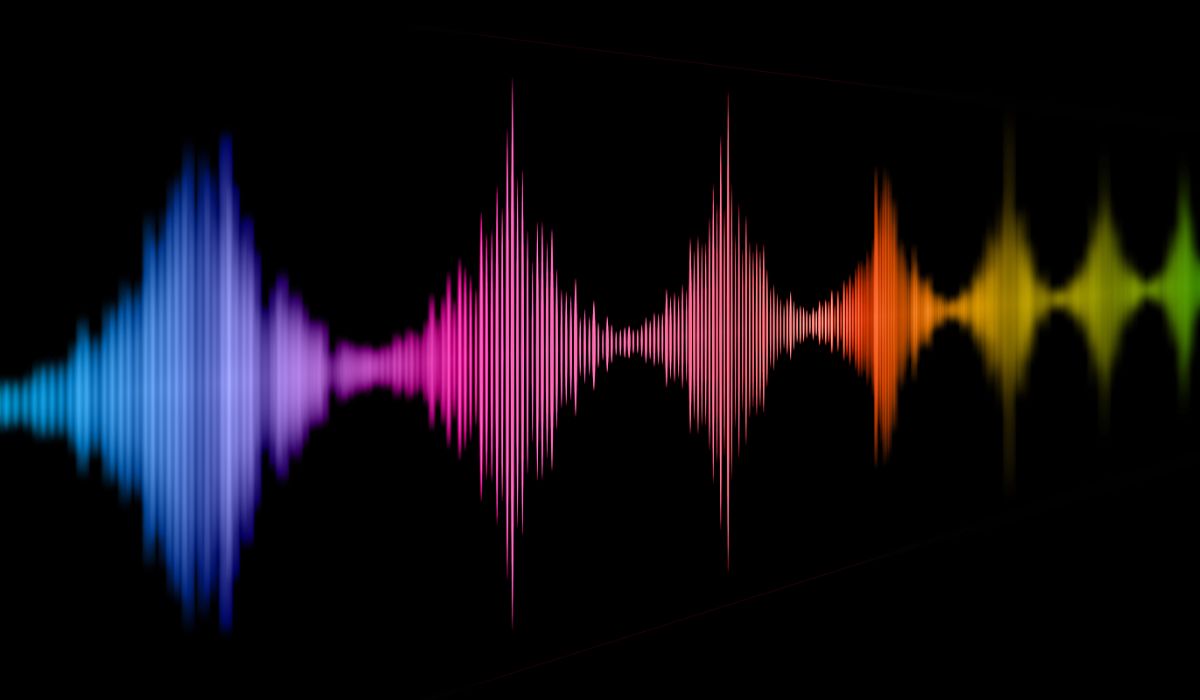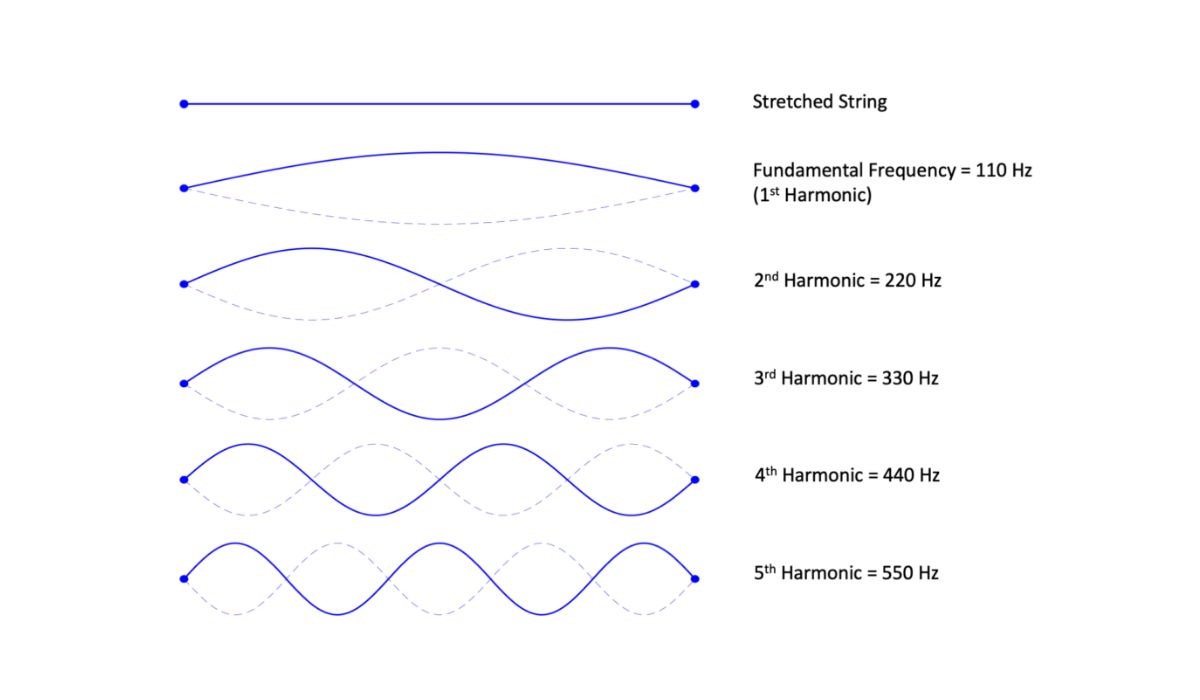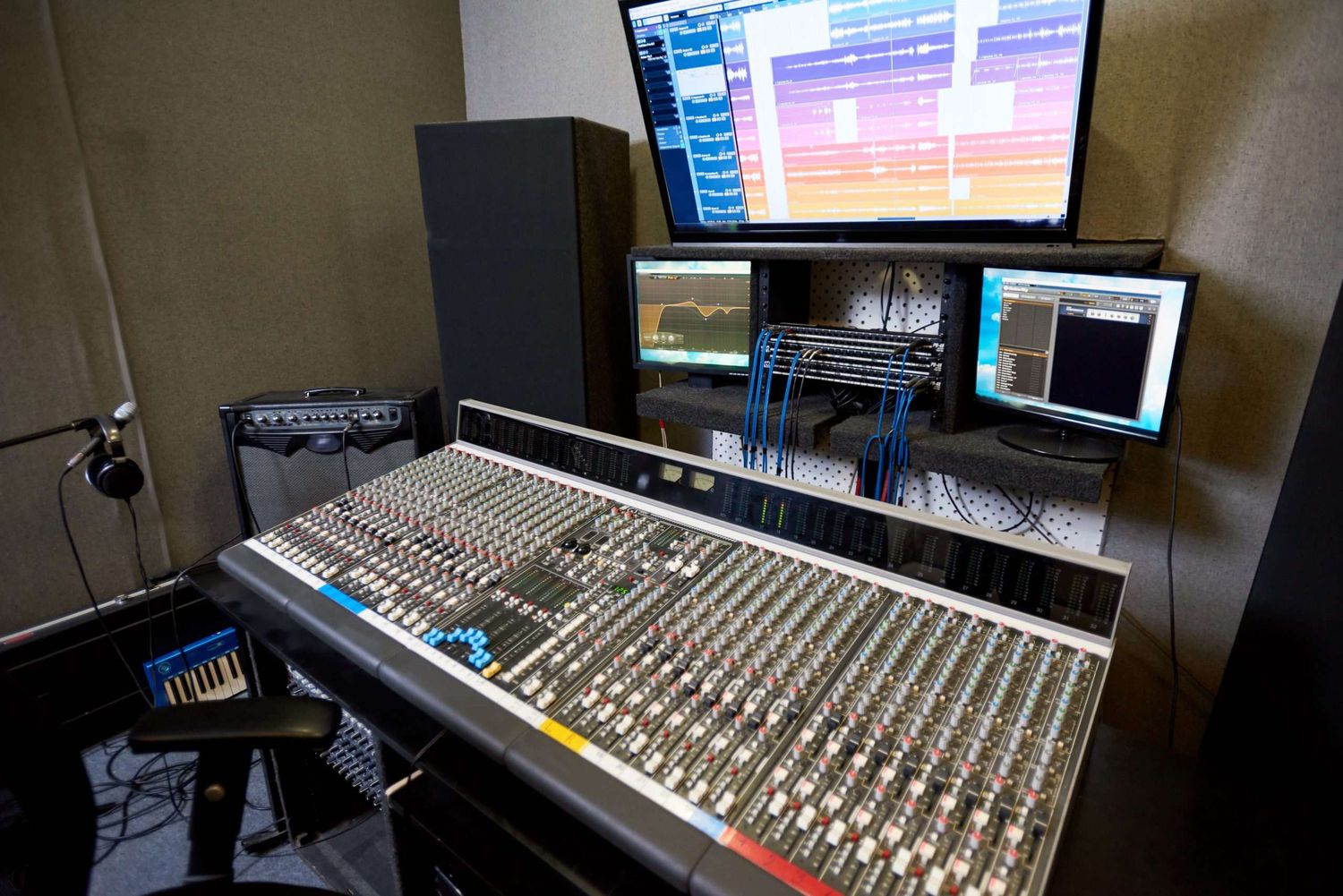Home>Production & Technology>Music Theory>How To Use Music Theory To Convert Frequency Into Sound


Music Theory
How To Use Music Theory To Convert Frequency Into Sound
Published: January 30, 2024
Learn how to convert frequency into sound with the help of music theory. Get tips and insights on using music theory to create harmonious and pleasing sounds.
(Many of the links in this article redirect to a specific reviewed product. Your purchase of these products through affiliate links helps to generate commission for AudioLover.com, at no extra cost. Learn more)
Table of Contents
Introduction
Music theory is the foundation of understanding how sounds and notes come together to create melodies, harmonies, and rhythms. It is like the grammar of music, providing us with the tools to compose, analyze, and appreciate the art form. But music theory goes beyond just studying individual notes and chords; it also encompasses the scientific principles behind the sounds we hear.
In this article, we will explore how music theory can be used to convert frequencies into sound. We will delve into the relationship between frequencies and musical notes, and how understanding this relationship can help us create and manipulate sounds effectively.
Whether you are a musician, a sound engineer, or simply have a keen interest in the technical aspects of music, understanding how to convert frequency into sound is essential. It allows you to precisely control the pitch of your compositions, analyze audio signals, and even tune musical instruments.
By the end of this article, you will have a solid grasp of how music theory can be applied to convert frequencies into musical notes. So, let’s dive in and explore the fascinating world where science and art intersect!
Understanding Frequencies
Before we can delve into the application of music theory in converting frequencies into sound, we need to understand what exactly frequencies are and how they relate to the sounds we hear.
In simple terms, frequency refers to the number of times a sound wave repeats itself in one second. It is measured in Hertz (Hz). The higher the frequency of a sound wave, the higher the pitch of the sound we perceive. For example, a sound wave with a frequency of 440Hz is equivalent to the musical note A4.
Humans can generally hear sounds with frequencies ranging from about 20Hz to 20,000Hz, although this range may vary from person to person. Frequencies below 20Hz are known as infrasound, while frequencies above 20,000Hz are called ultrasound.
Understanding frequencies is crucial in music because it allows us to identify and reproduce specific pitches accurately. It plays a significant role in melody, harmony, and rhythm. By manipulating frequencies, we can create different moods, explore various tonalities, and even simulate different instruments or sounds.
When working with frequencies, it is important to note that pitch and frequency are related but not interchangeable. While pitch refers to the perceived highness or lowness of a sound, frequency is the physical measurement of the sound wave’s vibration. However, in practical terms, musicians often use the terms interchangeably when discussing the musical aspect of sound.
Now that we have a solid understanding of frequencies, let us explore how music theory helps us convert these frequencies into the musical notes we hear and create.
The Basics of Music Theory
Music theory is a set of principles and concepts that govern the composition and structure of music. It provides a framework for understanding and analyzing the elements of music, such as melody, harmony, rhythm, and form. By studying music theory, we can unlock the secrets behind the beauty and complexity of musical compositions.
At its core, music theory revolves around the concept of intervals and scales. A musical interval refers to the distance between two notes, while a scale is a series of notes played in ascending or descending order. Understanding intervals and scales allows us to build chords, melodies, and harmonies.
The most fundamental scale in Western music theory is the major scale, which consists of seven distinct pitches. These pitches are named using the first seven letters of the alphabet (A, B, C, D, E, F, and G). Each letter represents a specific note, and the distance between consecutive notes is called a whole step or a half step.
In addition to the major scale, there are also various other scales used in music, such as the minor scale, pentatonic scale, and blues scale, each with its unique characteristics and emotional qualities.
Alongside scales, music theory also encompasses the study of chords. A chord is a group of three or more notes played simultaneously. Chords are built by stacking intervals on top of each other, and they provide the harmonic foundation for melodies and progressions. Common chords include major chords, minor chords, and seventh chords.
Rhythm is another essential component of music theory. It involves the organization of sounds in time, creating patterns and pulses that give a composition its groove and feel. Understanding rhythm helps us decipher time signatures, note durations, and syncopation.
By learning and applying these fundamental concepts of music theory, we gain a deeper understanding of how music is constructed and can effectively convert frequencies into musical notes.
Converting Frequencies into Musical Notes
Now that we have a solid foundation in music theory, let’s explore how we can convert frequencies into the musical notes we hear.
In Western music, the notes are organized into an octave, which consists of twelve semitones. Each semitone represents the smallest interval in Western music, also known as a half step. Two half steps make up a whole step.
The most commonly used system to convert frequencies into musical notes is the system of equal temperament. This system divides the octave into twelve equal parts, with each semitone representing a frequency ratio of 2^(1/12).
The frequency of the middle A on a standard piano keyboard is 440Hz. As we move up or down the piano keyboard, the frequency of the notes changes logarithmically. For example, the frequency of the next A above middle A is 880Hz, and the frequency of the A below middle A is 220Hz.
Using this system of equal temperament, we can calculate the frequency of any note based on its position in the twelve-tone scale. For instance, the frequency of the note A# (A-sharp) can be calculated by multiplying the frequency of A (440Hz) by the twelfth root of 2 and raising it to the power of 1, since A# is one semitone higher than A. Similarly, the frequency of B, one whole step above A, can be calculated by multiplying the frequency of A (440Hz) by the twelfth root of 2 and raising it to the power of 2.
By knowing the frequencies associated with each note in the twelve-tone scale, we can accurately convert any given frequency into its corresponding musical note.
It’s worth noting that different cultures and musical traditions may use alternative tuning systems, such as just intonation or microtonal scales, which can result in slightly different frequencies for each note. However, the system of equal temperament remains the most widely used method in Western music.
Understanding how to convert frequencies into musical notes allows us to tune instruments, compose melodies, and precisely control the musical elements of our compositions. It forms the bridge between the mathematical principles of sound and the artistic expression of music.
Applying Music Theory to Create Sound
Now that we have learned how to convert frequencies into musical notes through the lens of music theory, let’s explore how this knowledge can be applied to create sound.
Music theory provides us with the tools and techniques to compose melodies, harmonies, and rhythms. It allows us to understand the relationships between notes, chords, and scales, enabling us to create music that is pleasing to the ear and harmonically sound.
With a solid understanding of music theory, we can compose melodies that are memorable and emotionally impactful. By choosing specific notes and rhythms, we can evoke different moods and convey various emotions. Music theory helps us understand how different notes relate to each other, allowing us to craft melodies that flow smoothly and create tension and resolution in a deliberate manner.
In addition to melodies, music theory guides us in building harmonies. By combining different notes and chords in a thoughtful way, we can create rich and complex harmonies that support the melody and add depth to our compositions. We can explore chord progressions, modulations, and harmonic substitutions to give our music a unique and distinctive sound.
Rhythm is another vital aspect of music that can be effectively shaped with the help of music theory. By understanding time signatures, note durations, and rhythmic patterns, we can create rhythmic variations, syncopations, and polyrhythms that add energy and groove to our music. Music theory helps us establish a solid foundation for our rhythms, allowing us to build intricate and compelling rhythmic structures.
Furthermore, music theory plays a crucial role in the analysis and interpretation of existing music. By applying music theory principles, we can analyze the harmonic progressions, structural form, and tonal relationships within a piece of music. This analysis enhances our appreciation and understanding of the composer’s intentions, giving us insights into the compositional choices made.
As musicians, sound engineers, or enthusiasts, applying music theory to create sound opens up a world of possibilities. It allows us to compose, arrange, and perform music with confidence and intention. It helps us communicate our musical ideas effectively and collaborate with other musicians.
By combining technical knowledge with artistic expression, we can utilize music theory as a powerful tool to bring our musical visions to life and connect with audiences on a profound level.

